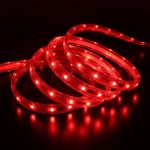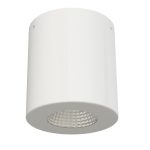LED Lighting: Exploring the Benefits and Types of EnergyEfficient Light Sources
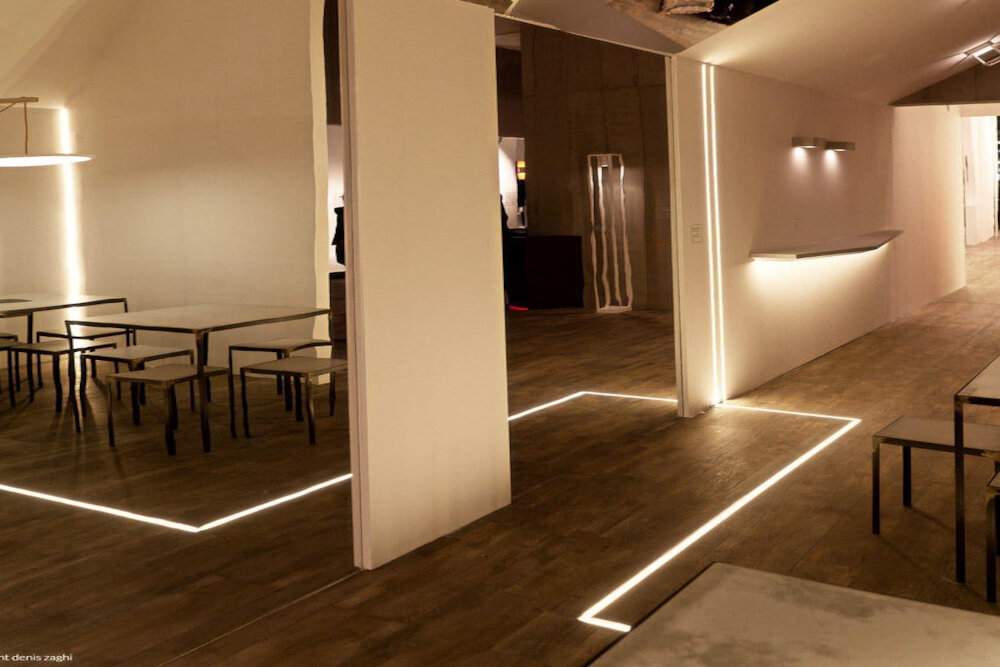
As the world has become more conscious of the environment and the impact of human activities on it, energy efficiency has become a crucial consideration in various aspects of life. One significant area where this has been implemented is in lighting, as people are opting for light sources that are not only energy efficient but also environmentally friendly. One such lighting technology that has gained popularity in recent times is LED lighting. LED lighting is a revolutionary technology that has transformed the lighting industry, providing more efficient and sustainable lighting solutions for homes, businesses, and public spaces. LED lighting (Light Emitting Diode) is a solid-state lighting technology that uses semiconductors to convert electricity into light. Unlike traditional lighting technologies such as incandescent bulbs and fluorescent lamps, LED lighting does not rely on heating a filament to produce light. Instead, it uses a small amount of electric current to excite electrons in a semiconductor material, which then emits light. This technology has numerous benefits, including energy efficiency, longer lifespan, durability, and environmental sustainability. In this article, we will explore the different types of LED lighting and their benefits, making it easier for you to choose the right LED lighting for your needs.
LED lighting stands for Light Emitting Diode, and it is a type of lighting that uses semiconductors to produce light. LED lights are considered energy-efficient because they use less energy than traditional incandescent bulbs, which means they can save on electricity bills and help reduce carbon emissions. Additionally, LED lights have a longer lifespan and are more durable than other lighting options, making them an attractive choice for commercial and residential applications. The importance of LED lighting in energy conservation lies in its ability to provide high-quality lighting while using minimal energy, thereby reducing the overall carbon footprint of buildings and homes. This makes LED lighting a smart and cost-effective choice for anyone looking to save money on energy bills and reduce their environmental impact.
Benefits of LED Lighting
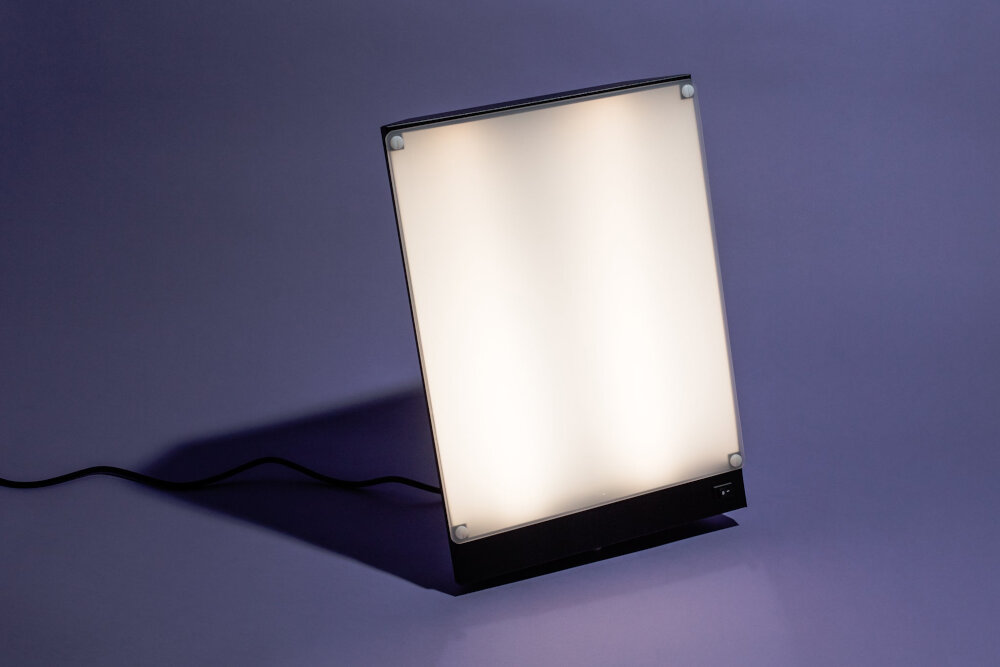
LED lighting is a revolutionary technology that has transformed the lighting industry. The benefits of LED lighting are numerous and far-reaching. One of the most significant advantages of LED lighting is its energy efficiency. LED lights consume significantly less energy than traditional incandescent bulbs, which means they are much more cost-effective in the long run. They are also more durable and long-lasting than traditional bulbs, with an average lifespan of up to 50,000 hours, which translates to 10-20 years of use. This means that LED lights require much less maintenance and replacement, reducing the cost of maintenance and waste. Furthermore, LED lights emit less heat than traditional bulbs, making them safer and more suitable for use in enclosed spaces. Another benefit of LED lighting is its versatility. LED lights come in a wide range of colors and styles, making them suitable for use in a variety of settings, from homes to commercial and industrial spaces. They are also highly customizable, with the ability to be dimmed or brightened as needed. LED lights are also environmentally friendly, as they contain no toxic materials and are 100% recyclable. This means that they have a significantly lower impact on the environment than traditional bulbs, which contain hazardous waste materials such as mercury. Overall, the benefits of LED lighting make it a highly attractive and cost-effective option for anyone looking to upgrade their lighting system.
In today’s world, energy efficiency has become a crucial factor in the reduction of energy consumption, greenhouse gas emissions, and environmental sustainability. LED lighting is a highly energy-efficient lighting technology that offers significant cost savings and environmental benefits. LED lights use 75% less energy than conventional incandescent bulbs and last up to 25 times longer, reducing the need for frequent replacement and disposal. The long lifespan of LED bulbs not only saves money on electricity bills but also on maintenance costs. Additionally, LED lights do not emit heat like traditional bulbs, making them a safer and more comfortable lighting option for homes and businesses. Overall, LED lighting is a smart investment for anyone looking to save money and reduce their carbon footprint.
Durability and long lifespan are two significant advantages of LED lighting, making them a popular choice for both residential and commercial applications. One of the key factors that contribute to LED’s durability is the absence of a filament, which is a common feature in traditional incandescent bulbs that tend to burn out quickly. LEDs are also less prone to breaking or shattering, making them ideal for outdoor or high-risk environments. Additionally, LEDs have an average lifespan of 25,000-50,000 hours, which is significantly longer than traditional bulbs. This not only saves money in replacement costs but also reduces the need for frequent maintenance, making LED lighting a more convenient and efficient choice.
Improved lighting quality is one of the most significant benefits of LED lighting. LEDs produce crisp, bright light that enhances visibility and color accuracy, making them an ideal choice for a wide range of applications, including commercial, industrial, and residential lighting. Unlike traditional incandescent bulbs, LEDs don’t emit heat, which means that they don’t fade or damage surfaces over time. Additionally, LEDs are highly customizable, allowing users to adjust the color temperature, brightness, and even the directionality of the light to suit their needs. Overall, LED lighting offers a superior lighting experience that enhances productivity, safety, and comfort while reducing energy costs and environmental impact.
In recent years, the importance of environmentally friendly practices has become more apparent than ever before. This has led to the widespread adoption of LED lighting technology, which is an energy-efficient and eco-friendly alternative to traditional lighting sources. LED lights are known for their long lifespan, low energy consumption, and minimal environmental impact. They also do not contain any harmful chemicals or gases, making them safe for both humans and the environment. With the growing concern for climate change and the need for sustainable practices, LED lighting has emerged as a game-changer in the lighting industry, offering a cost-effective and eco-friendly solution for households and businesses alike.
Versatility is one of the key features that make LED lighting an attractive option for various applications. LED lights can be designed to fit into any shape and size, making it easy to incorporate them into any lighting design. They come in various colors, intensities, and temperatures, providing an array of options for different atmospheres and environments. LED lights can be used for both indoor and outdoor lighting, from residential applications to commercial and industrial uses. The technology behind LED lighting allows for dimming and color control, making it possible to create dynamic lighting that can easily set the mood for any space. The versatility of LED lighting extends to its energy efficiency, making it a popular choice for those looking to reduce their carbon footprint and save on energy costs.
Types of LED Lighting Products
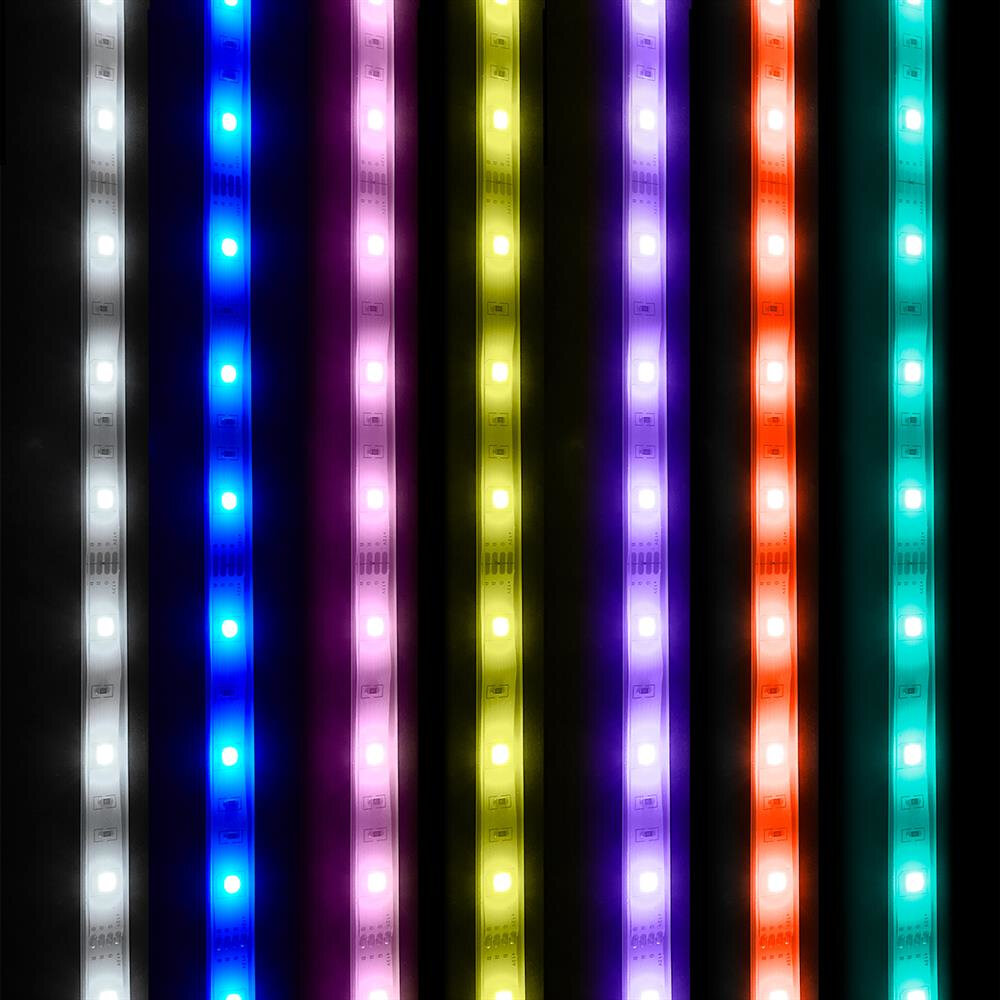
LED lighting products are becoming increasingly popular due to their energy-efficient and eco-friendly nature. They are used in a variety of settings, including residential, commercial, and industrial applications. There are several types of LED lighting products available on the market, each with its own unique advantages. The first type is LED bulbs, which are a direct replacement for traditional incandescent or fluorescent bulbs. They come in different shapes and sizes, from the standard A19 bulb to the more decorative candelabra and globe bulbs. LED bulbs last longer than traditional bulbs, are more energy-efficient, and emit less heat, making them safer to use. The second type is LED strip lights, which are thin and flexible and can be cut to fit any length. They are commonly used for under-cabinet lighting, accent lighting, and decorative lighting. LED strip lights are energy-efficient and can produce a variety of colors, making them a popular choice for creating ambiance in any setting. Overall, LED lighting products offer a wide range of benefits and options for any lighting need.
LED bulbs are rapidly becoming the preferred choice for both residential and commercial lighting. These bulbs are highly efficient and offer a longer lifespan than traditional incandescent bulbs. They emit less heat, making them safer to use and less of a fire hazard. LED bulbs are also highly versatile, coming in a range of shapes and sizes to suit different lighting needs. Additionally, LED bulbs are environmentally friendly, producing less carbon emissions and reducing energy consumption. The upfront cost of LED bulbs may be higher than traditional bulbs, but the savings on energy bills and the longer lifespan make them a smart investment in the long run. Overall, LED bulbs are an excellent choice for anyone looking to reduce their energy consumption, save money, and make a positive impact on the environment.
LED strips are an increasingly popular choice for decorative and accent lighting, due to their versatility and energy efficiency. These flexible strips contain small LED lights that emit a bright, colorful glow, making them ideal for adding ambiance to any space. They can be easily installed under cabinets, along staircases, or even around mirrors and artwork, providing a subtle yet striking accent that can transform any room. Unlike traditional lighting sources, LED strips consume significantly less energy, making them a cost-effective and environmentally friendly option. They also have a longer lifespan and are less prone to heat damage, ensuring that they will provide reliable and beautiful lighting for years to come.
LED panels have revolutionized the way we think about large scale lighting applications. These energy-efficient light sources are designed to provide high-quality illumination while consuming significantly less energy than traditional lighting options. LED panels are also highly versatile, making them ideal for a wide range of applications, from commercial buildings to outdoor spaces. With their long lifespan and low heat emissions, LED panels are a cost-effective and eco-friendly alternative to traditional lighting solutions. Whether you’re looking to reduce energy costs, improve lighting quality, or enhance the aesthetics of your space, LED panels are an excellent choice for any largescale lighting application.
LED tubes are becoming increasingly popular for industrial and commercial lighting applications. They offer numerous benefits over traditional fluorescent tubes, including superior energy efficiency, longer lifespan, and improved durability. LED tubes are also highly customizable, with a variety of color temperatures and beam angles available to suit any lighting need. Additionally, LED technology allows for greater control over lighting levels and patterns, making them ideal for applications where precise lighting is necessary. Overall, LED tubes offer a cost-effective and environmentally friendly alternative to traditional lighting sources, making them a popular choice for businesses and industries around the world.
Smart LED lighting systems are increasingly becoming popular for automation and control in homes, offices, and public spaces. These lighting systems are designed to enhance energy efficiency and reduce costs by using sensors and controls that respond to the environment, occupancy, and time of day. They offer a wide range of features, such as dimming, color temperature adjustment, and remote access, which provide users with a high degree of customization and flexibility. Smart LED lighting systems are also compatible with other smart home devices, allowing for seamless integration and control through a single platform. The benefits of these systems include improved energy efficiency, reduced maintenance costs, increased comfort and convenience, and enhanced security and safety. As LED technology continues to advance, the potential for smart LED lighting systems to transform the way we illuminate our spaces is only growing.
Considerations When Choosing LED Lighting
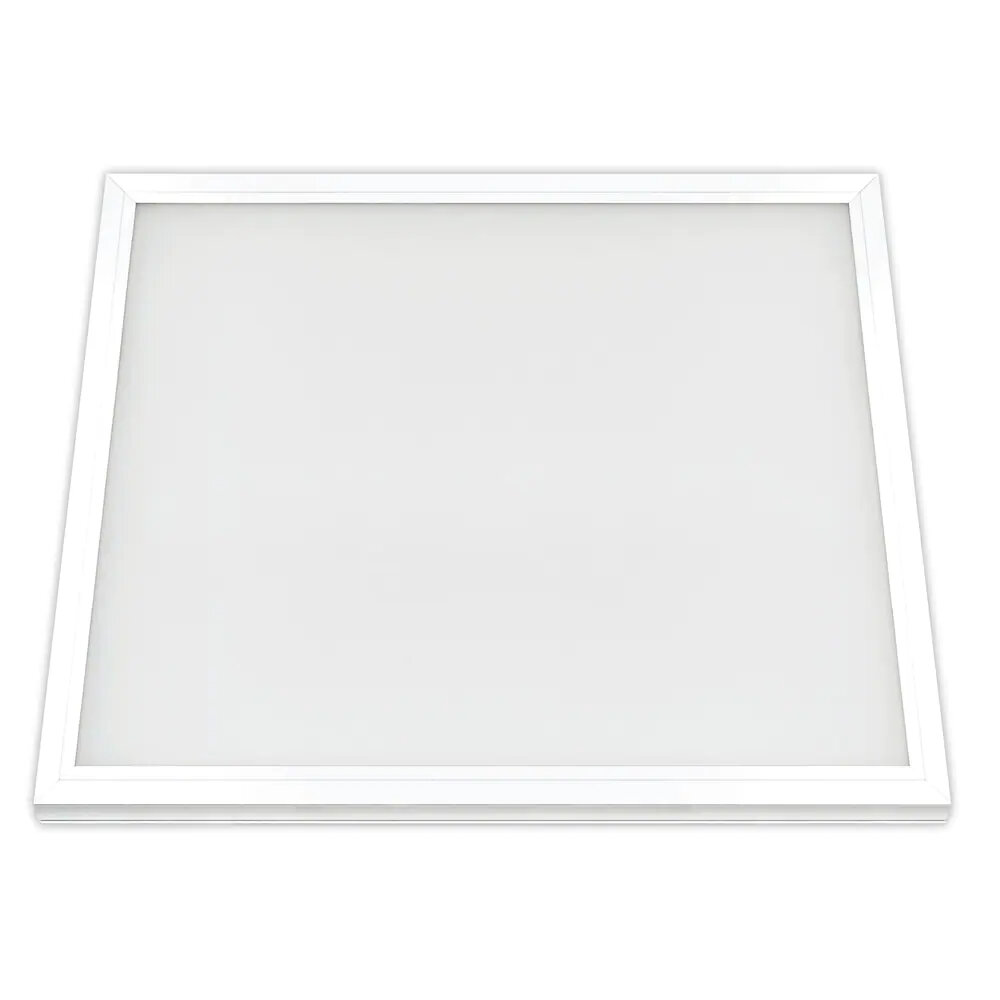
When choosing LED lighting, there are several considerations to keep in mind. First and foremost, it is important to determine the purpose of the lighting. Different types of LED bulbs have different color temperatures and brightness levels, and selecting the appropriate one can greatly impact the ambiance and functionality of a space. For example, warm white light is often used in living areas for a cozy feel, while cool white light is preferred in workspaces for improved visibility. Additionally, it is important to consider the size and shape of the bulb, as well as the type of fixture it will be used in. This can impact the direction and intensity of the light, as well as compatibility with existing lighting systems. Another important consideration is the energy efficiency of the LED bulbs. LED lighting is known for its low energy consumption and long lifespan, making it a cost-effective and environmentally-friendly choice. However, not all LED bulbs are created equal, and it is important to look for those that are ENERGY STAR certified for maximum efficiency. Additionally, it is important to consider the quality and durability of the bulb, as well as any additional features such as dimming capabilities or smart home compatibility. By carefully considering these factors, one can select LED lighting that not only meets their functional needs but also enhances the overall aesthetic and sustainability of their space.
Lumens and brightness are essential components to consider when choosing LED lighting. Lumens refer to the amount of light emitted by a bulb, and the higher the lumens, the brighter the light. It’s important to note that lumens are not the same as watts, which measure energy consumption. The brightness of an LED bulb can also be affected by color temperature, measured in kelvins. Lower kelvin values produce warmer, more yellow light, while higher kelvin values produce cooler, bluer light. When selecting LED lighting, it is important to consider the desired brightness and color temperature to ensure optimal illumination and energy efficiency.
Color temperature and color rendering index (CRI) are two important factors to consider when selecting LED lighting. Color temperature refers to the color appearance of the light source, such as warm yellow or cool blue. It is measured in Kelvin (K), with lower K values indicating warm tones and higher K values indicating cool tones. The CRI, on the other hand, measures how accurately the light source displays colors compared to natural sunlight. The higher the CRI, the better the color accuracy. Understanding these two factors can help you choose the right LED lighting for your needs, whether it’s for home, office, or industrial use.
Dimming is an essential feature of modern lighting, and it is no different for LED lights. It allows users to adjust the brightness according to their preference and the environment’s needs. However, dimming LED lights can be tricky, especially when it comes to compatibility with existing fixtures. Some older dimming systems are not compatible with LED lights, resulting in flickers, buzzing sounds, or even damage to the bulb. As such, it is crucial to check the compatibility of LED lights with existing dimming systems before making a purchase. Opting for LED lights with built-in dimming systems or compatible with most dimming systems will ensure a hassle-free installation process and provide efficient lighting for years to come.
When it comes to retrofitting options for LED lighting, there are a few things to consider. First, it’s important to choose the right type of LED bulb or fixture for your specific needs. This might involve selecting the right color temperature, brightness level, or beam angle. Additionally, you may need to consider compatibility with your existing wiring or electrical system. Depending on the scope of the project, installation requirements may vary. In some cases, retrofitting can be as simple as replacing a traditional bulb with an LED bulb. In other cases, more extensive work may be required to install new fixtures or rewire existing ones. It’s important to work with a qualified electrician or lighting professional to ensure that your retrofitting project is completed safely and effectively.
When considering the implementation of LED lighting, cost-effectiveness and return on investment are crucial factors to take into account. LED lights are known for their energy efficiency, which means they use less electricity and last longer than traditional lighting options. While the upfront cost of switching to LED lighting may be higher, the long-term savings can be significant. Additionally, LED lights require less maintenance, which can further reduce costs. When calculating the return on investment, it’s important to consider factors such as energy savings, maintenance costs, and the lifespan of the LED bulbs. By investing in LED lighting, businesses can not only save money in the long run but also reduce their environmental impact.
Examples of LED Lighting Applications
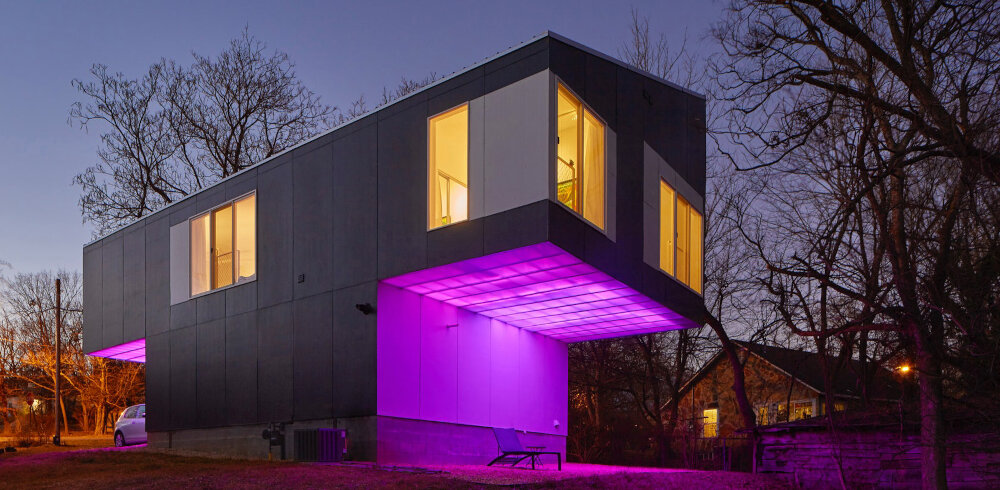
LED lighting has become a popular choice in a variety of applications due to its energy efficiency, long lifespan, and versatility. One example of LED lighting applications is in outdoor lighting, where they can be used to illuminate streets, parking lots, and buildings. LED lights produce a bright, white light that improves visibility and enhances safety. Additionally, they are more durable and require less maintenance than traditional lighting options, making them a cost-effective choice for municipalities and businesses. Another area where LED lighting is commonly used is in commercial and residential settings. LED bulbs are available in a range of colors and intensities, making them a versatile lighting option for any space. They can be used in recessed lighting, under cabinet lighting, or as accent lighting to highlight artwork or architectural features. LED lights also emit less heat than traditional bulbs, making them a safer option for indoor use. Additionally, LED bulbs can be dimmed or brightened to create the desired ambiance, making them a popular choice for restaurants, hotels, and other hospitality settings. Overall, LED lighting provides an energy-efficient, long-lasting, and versatile lighting option for a variety of applications.
Residential lighting plays a crucial role in home and apartment design. It can enhance the ambiance of a space, create a warm and inviting atmosphere, and provide necessary illumination for daily activities. LED lighting is a popular choice for residential lighting due to its energy efficiency, longevity, and versatility. LED bulbs consume less energy and last longer than traditional incandescent bulbs, making them a cost-effective option for homeowners. Additionally, LED lighting comes in a variety of colors and styles, allowing homeowners to customize their lighting to fit their unique aesthetic. Whether it’s task lighting in the kitchen or accent lighting in the living room, LED lighting can provide the perfect solution for any residential lighting need.
Commercial lighting is an integral aspect of any business that operates in an office, retail space, or hospitality venue. LED lighting has emerged as a popular choice for such establishments, owing to its energy efficiency and cost-effectiveness. LED lights provide bright and clear illumination, enabling businesses to create a welcoming and inviting atmosphere for their customers. They also have a longer lifespan than traditional lighting options, reducing maintenance costs and downtime. By choosing LED lighting, businesses can significantly reduce their energy consumption and carbon footprint, contributing towards a sustainable future. Additionally, LED lights are available in a range of colors, designs, and fixtures, allowing businesses to create customized lighting solutions that complement their brand image and enhance their space’s aesthetic appeal.
Industrial lighting is crucial for warehouses, factories, and manufacturing facilities as it enhances productivity, safety, and energy efficiency. LED lighting is a popular choice for industrial applications as it offers several benefits over traditional lighting sources, including longer lifespan, higher energy efficiency, and lower maintenance costs. LED lights also provide superior brightness, which is essential for industrial settings where workers need to perform precise tasks. Furthermore, LED lights are resistant to vibration and extreme temperatures, making them suitable for harsh industrial environments. With LED lighting, industrial facilities can improve the overall efficiency and safety of their operations while reducing their energy consumption and environmental impact.
Outdoor lighting has become a crucial aspect of our urban infrastructure, providing safety, security, and functionality for our streets, parking lots, and landscaping. LED lighting technology has revolutionized the way we illuminate our outdoor spaces, offering a range of energy-efficient, cost-effective, and eco-friendly solutions. LED lights can be customized to suit different needs, from bright, white light for parking lots to warm, soft light for landscaping. They are also equipped with smart sensors that can automatically adjust the intensity and timing of the lights, depending on the ambient light and occupancy. Furthermore, LED lights have a longer lifespan and require less maintenance than traditional lighting systems, making them a sustainable and practical choice for outdoor lighting.
Specialty lighting is an essential element in the art world, as it plays a crucial role in highlighting the beauty of the artwork. LED lighting is a popular choice for art galleries, museums, and theaters due to its energy-efficiency, long lifespan, and vibrant color rendering capabilities. LED lights have the ability to showcase intricate details and accentuate the texture of the artwork without generating heat or UV radiation. This makes them a perfect fit for art galleries, museums, and theaters, where lighting requirements are highly specific and demanding. With LED lighting, art can be displayed in the best possible light, creating a breathtaking ambiance that enhances the visitors’ experience.
LED lighting is an energy-efficient light source that offers numerous benefits over traditional lighting options. LED lights have a longer lifespan, use less energy, and emit less heat than incandescent bulbs. They also come in a variety of types, including standard bulbs, floodlights, and strip lights, making them suitable for a range of applications. Additionally, LED lights are available in a range of colors, including warm white, cool white, and daylight, allowing users to customize their lighting to suit their needs. The benefits of LED lighting are clear, and with the variety of types available, there is an LED light for almost any application.
The importance of energy conservation and sustainability cannot be overstated in today’s world. With the rapidly increasing demand for energy and the growing concern about the impact of human activities on the environment, it has become imperative to explore alternative sources of energy and adopt energy-efficient practices. LED lighting is one such technology that has gained widespread acceptance for its energy-saving capabilities and reduced environmental impact. By consuming significantly less energy than traditional lighting sources, LEDs not only help in reducing greenhouse gas emissions and conserving natural resources but also result in significant cost savings for households and businesses alike. The shift towards energy-efficient lighting is a step towards a more sustainable future, and it is essential that we all embrace this technology to create a better world for ourselves and future generations.
Switching to LED lighting is an easy yet significant step that consumers and businesses can take towards a greener future. LED lights are highly energy-efficient and last longer than traditional lighting options, reducing the need for frequent replacements. Businesses can benefit from lower energy bills and reduced maintenance costs, while consumers can enjoy brighter and more eco-friendly lighting in their homes. By choosing LED lights, we can all contribute to reducing our carbon footprint and promoting sustainability. So, let’s take action today and make the switch to LED lighting for a brighter and more sustainable future.
Conclusion
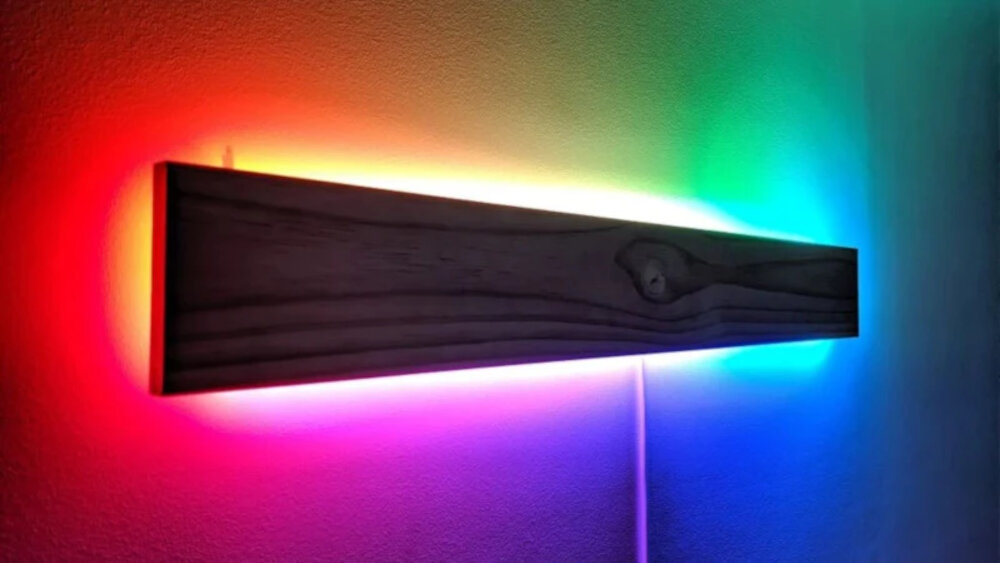
In conclusion, LED lighting is a revolutionary technology that offers numerous benefits in terms of energy efficiency, cost savings, and environmental sustainability. With a wide range of types and applications, LED lights are versatile and can be used in various settings, from homes and offices to public spaces and outdoor areas. By switching to LED lighting, we can significantly reduce our energy consumption and carbon footprint while enjoying bright, long-lasting light that enhances our living and working conditions. As more people embrace this technology, we can look forward to a brighter, more sustainable future for generations to come.

